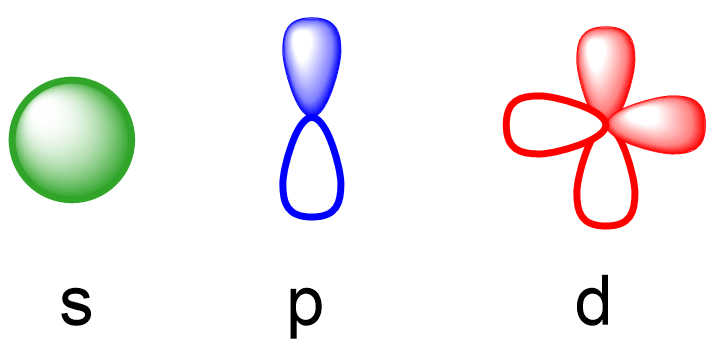According to kinetic particle theory, what happens to particle movement when a gas is heated?
The particles begin to move more quickly
What is the empirical formula of glucose?
CH2O
Write the electron configuration for sulfur.
1s2 2s2 2p6 3s2 3p4
Which group of the periodic table has the lowest ionization energies?
Alkali Metals
Explain the discontinuity in first ionization energy between beryllium and boron.
Boron has 1 electron in the p subshell which has a higher energy level than the s subshell making this electron easier to remove, requiring less energy.
Classify the following as elements, compounds or mixtures:
air, pure water, and iron filings
Air: Mixture
Pure water: compound
Iron filings: element
Gallium has two stable isotopes: 69Ga and 71Ga.
If the natural abundances are 60.11% and 39.89%, respectively, what is the relative atomic mass of gallium?
69.72 g/mol
Write the condensed electron configuration for Telerium.
[Kr] 4d10 5s2 5p4
Write the equation representing the first ionization energy of Calcium with state subscripts.
Ca (g) → Ca+1 (g) + e-
Rank the following metals in order of increasing magnetic property:
Scandium (Sc), Manganese (Mn), and Zinc (Zn)
Zinc < Scandium < Manganese
How many protons neutrons and electrons does a neutral Carbon-12 atom have?
Protons = 6
Neutrons = 6
Electrons =6
A compound contains 9.2 g of sodium (Na), 2.8 g of nitrogen (N), and 8.0 g of oxygen (O). Determine the empirical formula.
Na4H2O5

Identify the most reactive non-metal and explain your reasoning (you can use a diagram)
Fluorine:
1. Electronegativity: Fluorine has the highest electronegativity of all elements, which makes it more effective at attracting electrons when it forms chemical bonds. In comparison, hydrogen has a lower electronegativity, meaning it is less effective at attracting electrons than fluorine.
2. Electron Configuration: Fluorine (with 7 valence electrons) is very eager to gain one more electron to fill its valence shell, making it highly reactive. Hydrogen (with just 1 valence electron) also seeks to fill its shell, but its reactivity is often considered less intense than fluorine’s because it typically forms bonds by sharing its electron or gaining one, rather than aggressively pulling electrons away from other elements like fluorine does.
Determine the wavelength in meters of a photon that will cause the first ionization of copper. The ionization energy of copper is 800 kJ mol-1
1.50x10-7 m
Classify the following as homogeneous or heterogeneous mixtures:
Saltwater, oil mixed with water, pizza, air, copper sulfate solution
Homogeneous: Saltwater, air, copper sulfate solution
Heterogeneous: Oil and water, pizza
A sample contains 40% sulfur (S) and 60% oxygen (O) by mass. What is the empirical formula of the compound?
SO3
Which 2+ ion has the following electron configuration?
[Ar] 3d6
Does potassium or bromine have a greater ionic radius?
A colored transition metal complex appears green. Which color(s) of the visible spectrum are absorbed by the solution?
Red is absorbed
What speration techniques(s) would you use to separate salt and pepper?
Solvation/Dissolution, filtration then evaporation
Boron consists of two isotopes: 10B and 11B. The average atomic mass of boron is 10.81 u. Determine the percent composition of each isotope.
20% 10B and 80% 11B
Draw the electron box configuration for chromium

How does the effective nuclear charge (Zeff) experienced by an electron change as you move across a period in the periodic table?
Zeff increases as you move across the periodic table
A transition metal complex appears purple and absorbed yellow light with a wavelength of approximately 𝜆 = 760 nm.
Calculate the energy of the d-sublevel splitting to 3 significant figures
157 kJ/mol